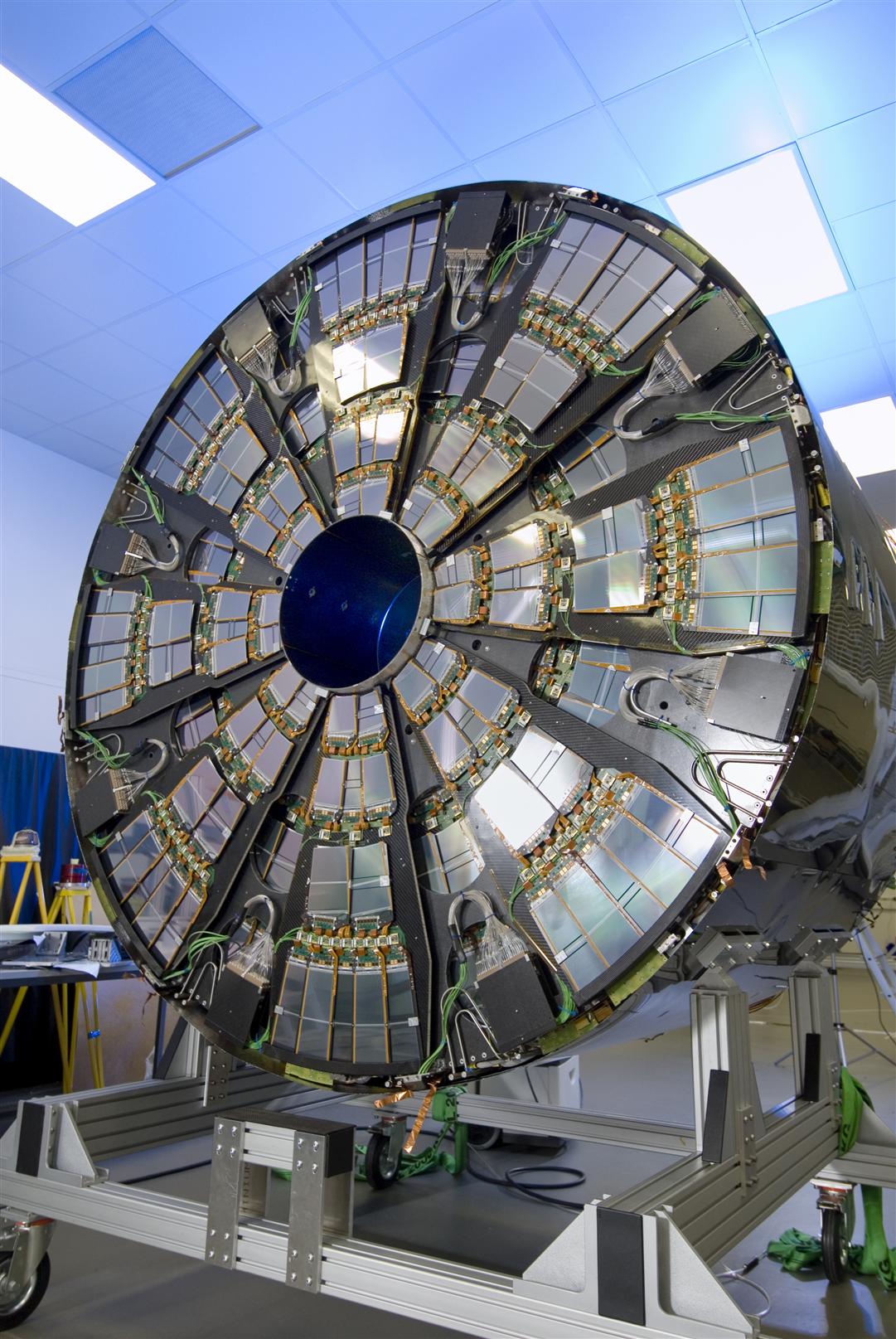the Large Hadron Collider is about to be rebooted
in the coming days, the massive underground donut known as the Large Hadron Collider will once again see protons travelling at phenomenal speeds towards each other. following a two year shutdown and massive upgrade, the LHC will be switched back on at almost double its previous power: an incredible 13 trillion electron volts. the cooling of the mammoth machine has already begun – the loop must be chilled to -271.3°C in order for the superconducting magnets to effectively focus the beams of particles on their path around the circular tunnel
the previous run of collisions at the LHC confirmed the existence of Higgs boson. now, as energies rise, physicists will be able to explore the more unexpected and unpredictable realms of the physical world. one theory scientists are keen to probe is that of supersymmetry, which predicts that a superpartner (or ‘sparticle’) exists for each particle in the Standard Model
supersymmetry is an interesting theory because it unites the two basic different classes of particle (fermions and bosons) as every fermion’s spartner would be a boson and vice versa. The fermion-boson thing seems jargony but it is an important distinction to determine how a particle will interact with its surroundings in the universe
no two identical fermions can sit in the same state, which means they are quite standoffish individual characters. bosons, on the other hand, can all exist in the same state and be identical, they are not worried about being the same as everyone around them. imagine you have a building with four floors, which houses four identical girl quadruplets
if they are fermion-like, then each floor can only house one sister. if they act like bosons, the sisters could all happily live together in one flat on the ground floor. so an electron, which is a fermion, is standoffish, but a selectron would be a real clannish boson character. interactions in our daily lives that are to do with forces (including light) are perpetrated by bosons and anything that you can touch is be made up of lots of fermions. scientists know sparticles must be much heavier if supersymmetry does exist, otherwise they would have been able to observe them by now
supersymmetric particles may help us to better understand the realm of dark matter. ‘invisible’ particles with mass must exist throughout our galaxy, otherwise the speed at which stars are moving around would mean the galaxy is unstable and everything would fly apart. but that doesn’t happen, so some interstellar mass must exist that we have not yet observed – a phantom heaviness to the galaxy that generates the extra gravity to hold it all together
some physicists think that supersymmetric particles could be partly responsible for this phenomenon. if the dark matter and superpartner particles are light enough to be produced at the LHC then they will show up in the detectors as missing energy and momentum after a collision and we can start to investigate this mysterious world
https://home.cern/topics/large-hadron-collider


